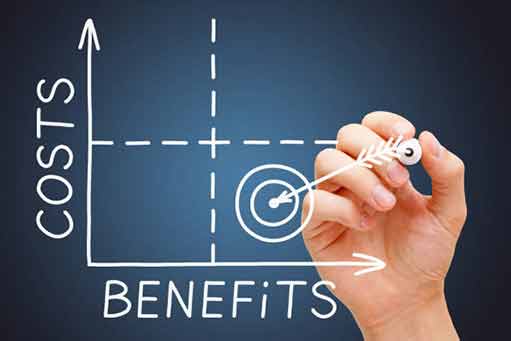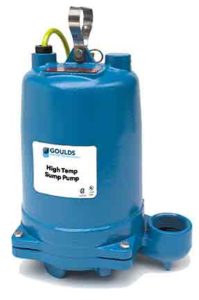
As a homeowner, protecting your property from water damage is a top priority. A sump pump system is a crucial component for reducing the risk of basement flooding and water damage. However, as with any mechanical system, it may require upgrading over time to ensure optimal performance. In this article, we will discuss tips and cost-effective solutions for upgrading your sump pump system.
Signs That Your Sump Pump System Needs Upgrading
Before investing in upgrading your sump pump system, it is essential to determine whether it needs upgrading. Here are some of the most common signs that your sump pump system requires an upgrade:
- The pump frequently turns on and off
- The pump is making strange noises, such as grinding or rattling sounds
- Leaking around the pump housing or cracks in the pump housing
- The pump is over ten years old
- Poor drainage or ineffective pumping
If you notice any of these signs, it is essential to upgrade your sump pump system to avoid property damage from basement flooding.
Types of Sump Pump Systems
There are two primary types of sump pump systems: pedestal and submersible.
Pedestal
A pedestal sump pump has a motor that sits above the water level and a hose that extends from the motor down into the sump basin. Pedestal sump pumps are generally less expensive to install but are louder and less efficient than submersible pumps. Pedestal sump pumps typically have shorter lifespans than submersible sump pumps.
Submersible
Submersible sump pumps sit below the water level in the sump basin. They are quieter and more efficient than pedestal sump pumps and have a longer lifespan. Submersible sump pumps are also more expensive than pedestal sump pumps.
Upgrading Your Sump Pump System: Tips and Cost-Effective Solutions
1. Replace the float switch
The float switch is responsible for turning the pump on and off as the water level rises and falls in the sump basin. Over time, the float switch can become damaged or worn, leading to sump pump failure. Replacing the float switch is a cost-effective solution to prolonging the lifespan of your sump pump system.
2. Upgrade to a submersible pump
If you have a pedestal pump, consider upgrading to a submersible pump. Submersible pumps are quieter, more efficient, and have a longer lifespan than pedestal pumps. Although submersible pumps are more expensive, they are a worthwhile investment to avoid potential property damage from a failing pedestal pump.

By adding a battery backup system to your sump pump will help ensure that it still functions during power outages.
3. Add a battery backup system
In the event of a power outage, your sump pump system will not function, leaving your property vulnerable to basement flooding. By installing a battery backup sump pump it will help ensure that it still functions during power outages. Battery backup systems are relatively inexpensive and easy to install.
4. Install a backup sump pump
Installing a backup sump pump is an additional layer of protection for your property against basement flooding. Backup sump pumps can be either battery-powered or water-powered. Although water-powered backup sump pumps are less expensive, they require a constant supply of water to function, making them less efficient. Battery-powered backup sump pumps are more expensive, but they have a higher pumping capacity and are more reliable.
5. Upgrade to a professional-grade sump pump
Investing in a professional grade sump pump will provide additional protection for your property against basement flooding. Professional-grade sump pumps are designed to handle high volumes of water and have a longer lifespan than standard sump pumps. Although they are more expensive, they are a worthwhile investment to avoid potential property damage from a failing sump pump.
Upgrading your sump pump system is essential for reducing the risk of property damage from basement flooding. Whether you decide to replace the float switch, upgrade to a submersible pump, add a battery backup system or install a backup sump pump, it is crucial to choose a cost-effective solution that will provide the best protection for your property. Regardless of the solution you choose, it is essential to ensure that your sump pump system is functioning optimally to safeguard against potential property damage.







